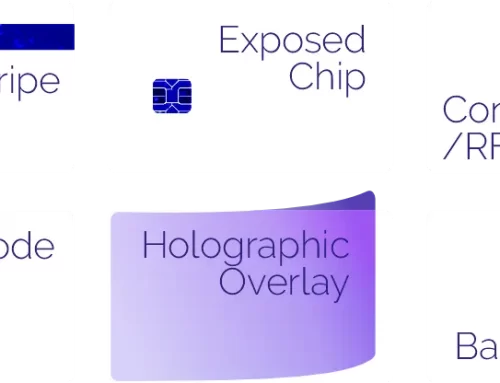
Signatures on personal ID cards have, in general, become more and more rare, since they are a hold-over from the pre-digital age. Signatures are required less and less on debit and credit cards. But even if you have a signature on your card, ask yourself when is the last time someone checked yours?
A signature on a photo ID card serves, in theory, as a form of verification that the person using the ID is the rightful owner. When a person signs their name on the ID, they are providing a unique identifier that can be compared to their signature on other documents, such as a drivers license or a check. But in reality, for over 10 years, signature checking has been relegated to a thing of the past.
Having a signature on an ID is supposed to help prevent identity theft and fraud. If someone tries to use a stolen ID, they will not be able to provide a matching signature and will be caught. At least, if someone checks! The theory is that this can protect both the individual whose ID was stolen and the institution that accepts the ID as a valid form of identification. But again, signature verification is increasingly rare.
Signature Options
That said, there are several ways InstantCard does accommodate ID cards with signatures. The most common format for signatures is to provide them in a cropped .jpg file, although we can handle a wide variety of file formats like .bmp or .gif.
There are broadly two kinds of signatures:
- That of an authorized authority, like the Chief of Police, which does not vary between cards
This type of signature is integrated into the template, and uploaded with the logo at the time of template creation - That of the individual person, which is of course different on each card
This type of signature is part of each individual card’s variable data, and is uploaded along with the person’s photo , and the second The signature is uploaded along with t
InstantCard is also able to offer alternatives like signature strips, but signatures often rub off, and again are mostly becoming relics of the past.
Signature Usage
Did you know that the U.S. was one of the last remaining countries in the world to still use mag-stripe debit/credit cards, which were “secured” in the past with signatures? Well before the U.S. transition to “EMV” debit/credit cards in 2015, most of the other developed countries around the world, in Europe and Asia and even Latin America, had all moved to smart cards (chip-and-pin), which don’t need signatures to “verify” the owner!
Fun fact: did you know that 44% of Americans don’t even sign their credit cards, according to an Infosecurity Magazine article? If you check your wallet, you may find a few cards with signature strips which are not signed, as well!
And lets be honest – if a debit or credit card is no longer issed with a signature strip, does your ID card really need one?
To sign or not to sign, that is the question
The decision to include a signature line on an ID card is often based on the purpose and level of security needed for the card.
For example, a basic photo ID card used for general identification purposes may not require a signature as it is primarily used to confirm the identity of the individual presenting the card. However, a more secure ID card, such as a driver’s license or passport, typically requires a signature as it is used for more critical identification and verification purposes.
The inclusion of a signature on an ID card also varies by jurisdiction, as different countries or states may have different regulations regarding the security features required on official identification documents.
In any case, if your previous employee ID cards all have signatures, or your old-school boss still insists on signatures, call us – we’ll be able to figure something out!



